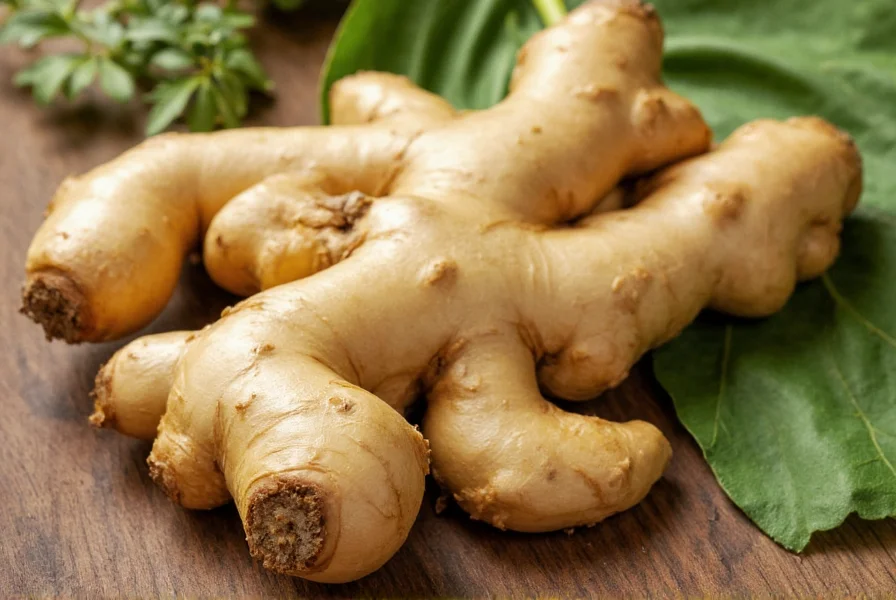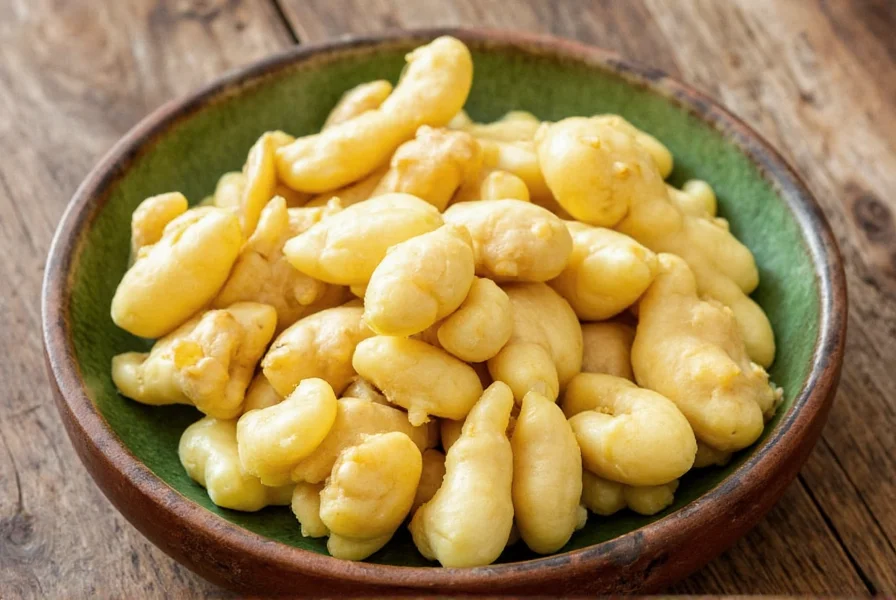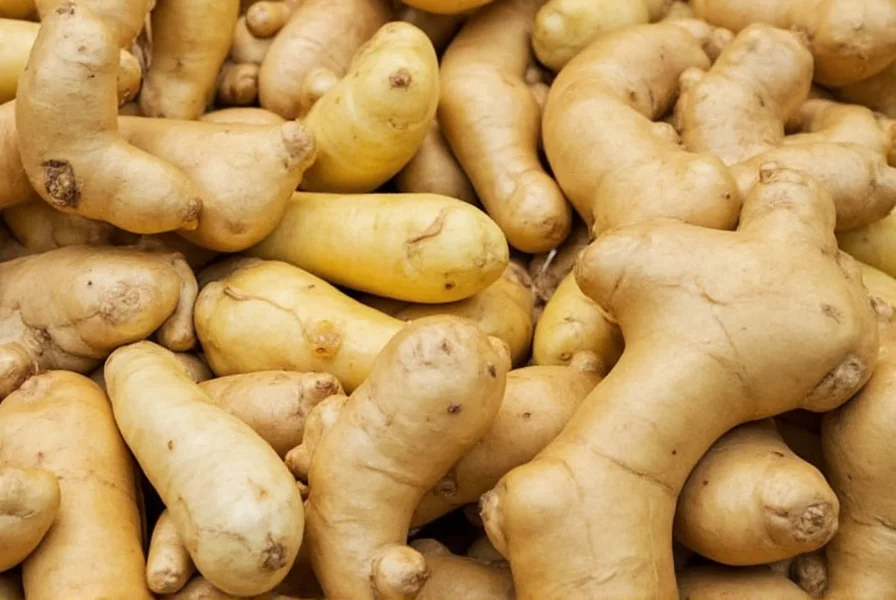Successfully cultivating ginger root at home transforms an ordinary kitchen spice into a rewarding gardening project. This ancient medicinal plant (Zingiber officinale) thrives with minimal intervention once established, making it ideal for both novice and experienced gardeners. Unlike many crops, ginger grows horizontally beneath the soil as a rhizome rather than a true root, requiring specific conditions to develop those prized knobby sections we use in cooking and remedies.
Understanding Ginger's Growth Requirements
Ginger originates from tropical rainforest environments, which explains its preference for warm, humid conditions with filtered sunlight. The plant typically reaches 2-3 feet in height with lush green foliage, but the real treasure develops underground. When planning your ginger cultivation project, consider these fundamental requirements:
- Temperature: Maintain consistent warmth between 71-86°F (22-30°C) for optimal growth. Temperatures below 50°F (10°C) will stunt growth.
- Light: Provide 2-5 hours of morning sun with afternoon shade. Direct afternoon sun scorches delicate leaves.
- Soil pH: Aim for slightly acidic conditions between 5.5-6.5 for best nutrient absorption.
- Growth cycle: Most varieties require 8-10 months from planting to harvest.
Selecting Quality Ginger Rhizomes for Planting
The foundation of successful ginger cultivation starts with selecting healthy planting material. While grocery store ginger might tempt you, it often contains growth inhibitors. For best results when starting your ginger root growing journey:
Choose plump, firm rhizomes with multiple visible growth buds (the small pointy bits). Organic ginger typically sprouts more reliably since it hasn't been treated with sprout inhibitors. Soak rhizomes in lukewarm water for 2-4 hours before planting to encourage sprouting. Divide larger pieces into 1-2 inch sections, each containing at least one growth bud.

Preparing the Perfect Growing Environment
Whether planting in-ground or containers, soil preparation makes or breaks your ginger cultivation results. The ideal soil mixture combines excellent drainage with moisture retention—a seeming contradiction that ginger demands.
| Soil Component | Percentage | Purpose |
|---|---|---|
| Compost or well-rotted manure | 30% | Nutrient provision and moisture retention |
| Coconut coir or peat moss | 20% | Water retention without compaction |
| Perlite or coarse sand | 20% | Drainage enhancement |
| Garden soil or potting mix | 30% | Structure and mineral content |
For container cultivation—ideal for colder climates—select pots at least 12 inches deep with generous drainage holes. Terra cotta works well as it wicks away excess moisture. When planting directly in garden beds, amend native soil extensively as described above, and consider raised beds for improved drainage.
Step-by-Step Planting Process
Timing your ginger planting correctly ensures strong establishment. In tropical climates, plant just before the rainy season begins. In temperate zones, wait until all danger of frost has passed and soil temperature reaches at least 68°F (20°C), typically late spring.
- Place rhizome sections with growth buds facing upward
- Cover with 1-2 inches of prepared soil mixture
- Water thoroughly but avoid creating standing water
- Maintain consistent soil moisture (like a damp sponge)
- Expect sprouts to emerge in 2-4 weeks depending on conditions
Space rhizomes 8-10 inches apart when planting multiple sections. Ginger grows horizontally, so adequate spacing prevents competition for nutrients. For container growing, limit to one rhizome per 12-inch pot to allow proper development.
Essential Care Practices for Healthy Ginger Plants
Proper care throughout the growing season determines your harvest quality when cultivating ginger root. While relatively low-maintenance, ginger has specific needs that differ from many common garden plants.
Watering Requirements
Ginger requires consistent moisture but absolutely cannot tolerate waterlogged conditions. Check soil daily during hot weather—water when the top inch feels dry. Mulch with straw or shredded leaves to maintain moisture levels and regulate soil temperature. Reduce watering frequency as harvest approaches to encourage rhizome maturation.
Fertilizing Strategy
Feed ginger plants monthly with balanced organic fertilizer (5-5-5 NPK) once established. Alternatively, side-dress with compost tea every 3-4 weeks. Avoid high-nitrogen fertilizers which promote excessive leaf growth at the expense of rhizome development. Stop fertilizing completely 2 months before expected harvest.
Pest and Disease Management
Ginger generally resists most pests but remains vulnerable to specific issues:
- Rhizome rot: Caused by overwatering or poor drainage. Prevent with proper soil preparation and watering practices.
- Leaf spot diseases: Treat with copper-based fungicides at first sign of yellow or brown spots.
- Root knot nematodes: Rotate planting locations every 3 years to prevent buildup.
- Spider mites: Spray affected plants with neem oil solution every 5-7 days until controlled.

Harvesting and Storing Your Ginger Crop
Knowing when and how to harvest ginger root significantly impacts flavor and storage potential. Most varieties reach maturity 8-10 months after planting, signaled by yellowing leaves and dying back foliage.
For partial harvests, carefully dig around the edges of the plant and remove only what you need, leaving the main plant intact to continue growing. For full harvest, wait until most foliage has died back, then dig carefully to avoid damaging the delicate rhizomes. Gently brush off excess soil—avoid washing as moisture promotes rot during storage.
Cure harvested ginger by air-drying in a shaded, well-ventilated area for 2-3 days. Store in a cool, dark place with high humidity (like a refrigerator's crisper drawer) for up to 3 weeks. For longer storage, freeze peeled ginger or preserve in vinegar.
Troubleshooting Common Ginger Cultivation Problems
Even with proper care, ginger growers sometimes encounter challenges. Understanding these issues helps maintain your ginger root growing success:
- Yellowing leaves: Often indicates overwatering. Reduce frequency and ensure proper drainage. Could also signal nutrient deficiency—apply balanced fertilizer.
- No sprouting: Rhizomes may be too old or treated with growth inhibitors. Try organic ginger and ensure warm soil temperatures.
- Small rhizomes: Insufficient nutrients or overcrowding. Amend soil with compost and provide adequate spacing.
- Mold on soil surface: Indicates excessive moisture. Improve air circulation and reduce watering frequency.
Advanced Techniques for Higher Yields
Experienced growers can implement these methods when cultivating ginger root for improved harvests:
- Shade cloth adjustment: Use 50% shade cloth during hottest months, reducing to 30% as harvest approaches to increase rhizome development.
- Pinching technique: Remove some leafy shoots when plants reach 12 inches tall to redirect energy to rhizome growth.
- Succession planting: Plant new rhizomes every 4-6 weeks for continuous harvest in suitable climates.
- Container rotation: Turn pots quarterly to ensure even light exposure for balanced rhizome development.
Frequently Asked Questions
Can I grow ginger indoors year-round?
Yes, ginger grows well indoors with proper conditions. Use a container at least 12 inches deep with drainage holes, place near an east-facing window for morning sun, and maintain humidity above 50% using a pebble tray or humidifier. Keep temperatures between 71-86°F (22-30°C) and water when the top inch of soil feels dry.
How often should I water ginger plants during active growth?
Water ginger plants when the top inch of soil feels dry to the touch, typically every 2-3 days during warm weather. The soil should remain consistently moist but never soggy. Reduce watering frequency to once weekly as harvest approaches to encourage rhizome maturation and prevent rot.
What causes ginger rhizomes to rot during cultivation?
Rhizome rot primarily occurs from overwatering or poor soil drainage. Ginger requires consistently moist but well-draining conditions. Planting in heavy clay soils, containers without drainage holes, or watering too frequently creates waterlogged conditions where fungal pathogens thrive. Prevent rot by using the recommended soil mixture and watering only when the top inch of soil feels dry.
How do I know when ginger is ready for harvest?
Ginger typically matures 8-10 months after planting. Visual signs include yellowing leaves, browning foliage, and eventual die-back of the plant tops. The rhizomes develop a smoother skin texture and stronger aroma when mature. For confirmation, gently dig around one plant's edge to check rhizome size—mature ginger should have well-developed, plump sections with a firm texture.
Can I grow ginger in colder climates with freezing winters?
Yes, ginger grows successfully in colder climates when cultivated in containers that can be moved indoors before first frost. Start plants indoors 2-3 months before last frost date, then move containers outside when temperatures consistently stay above 60°F (15°C). Bring plants indoors before temperatures drop below 50°F (10°C) in fall. Container growing allows you to control the microclimate for successful ginger cultivation regardless of your hardiness zone.











 浙公网安备
33010002000092号
浙公网安备
33010002000092号 浙B2-20120091-4
浙B2-20120091-4